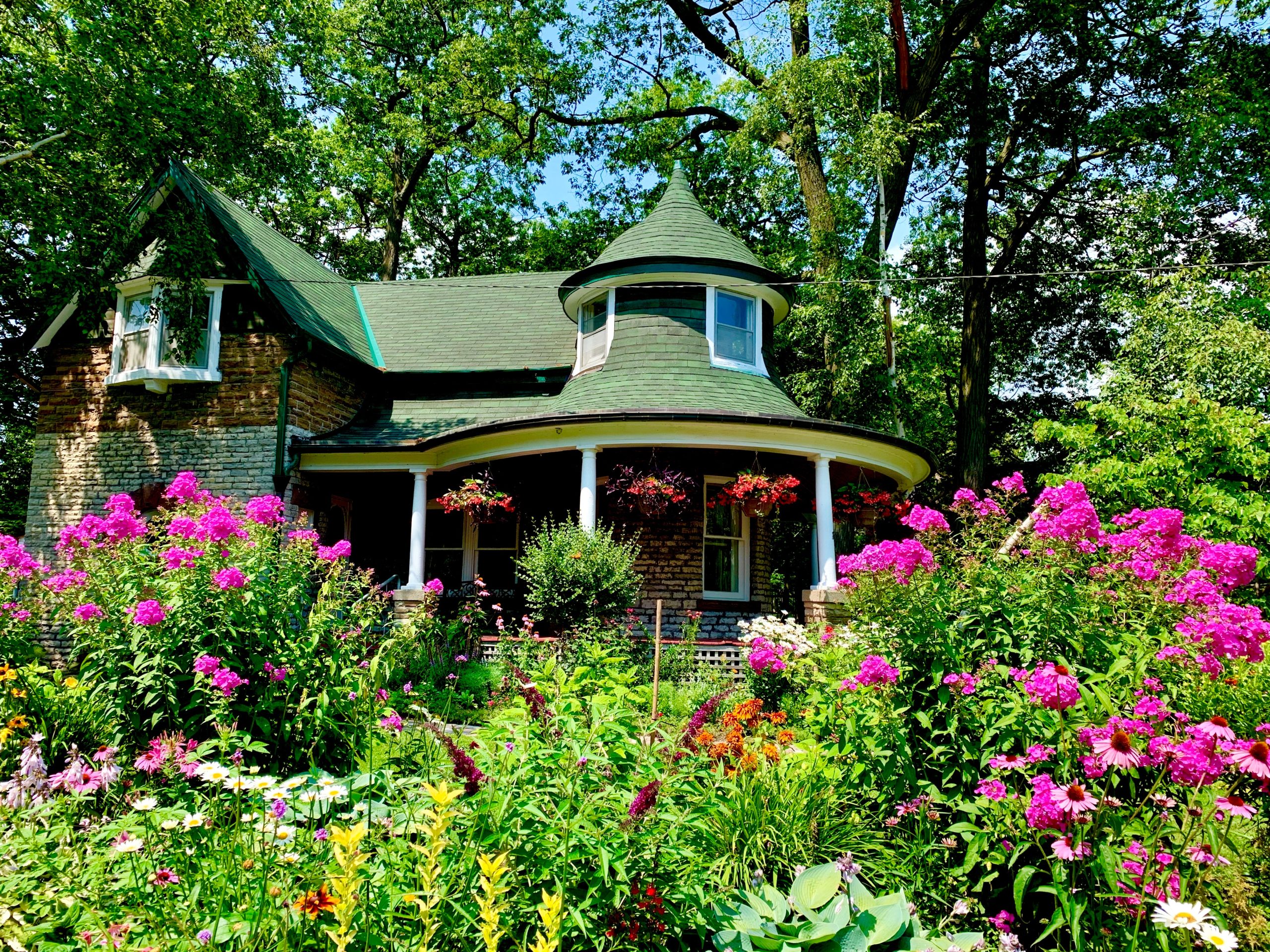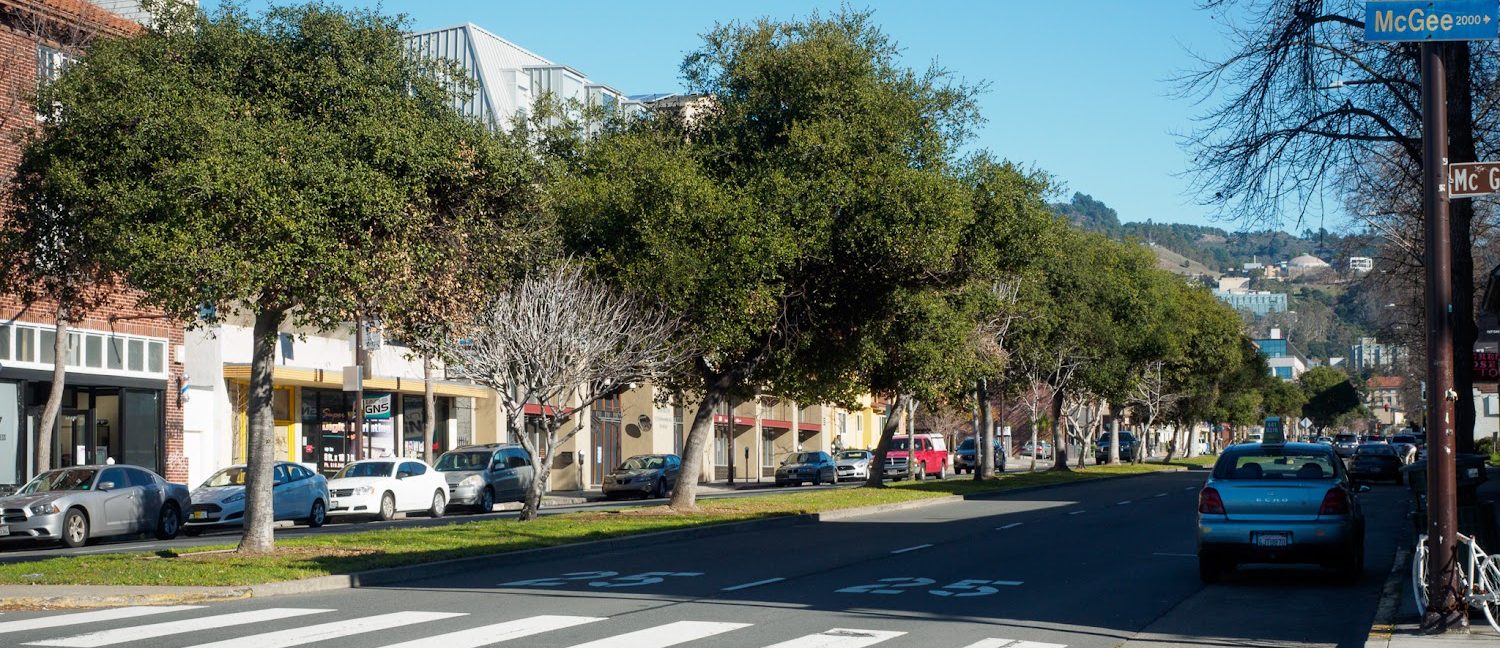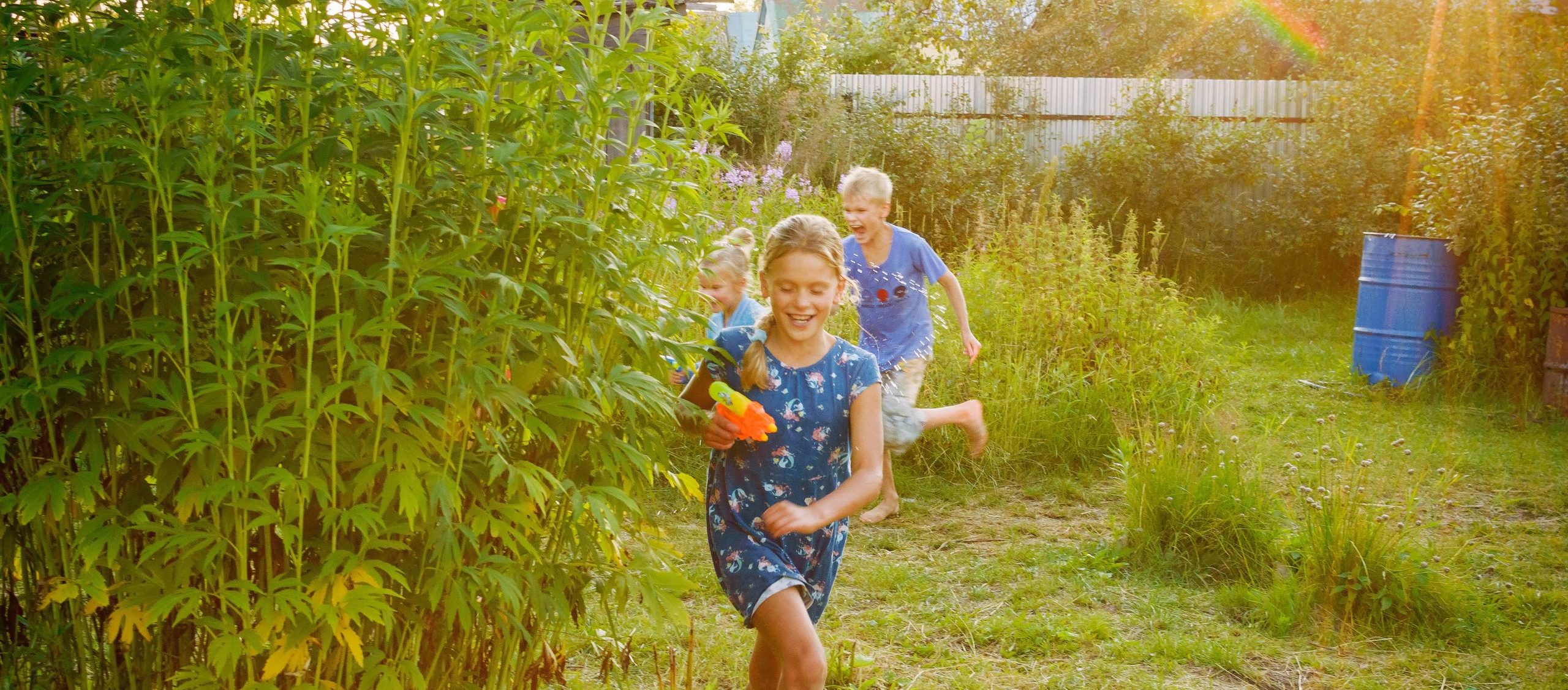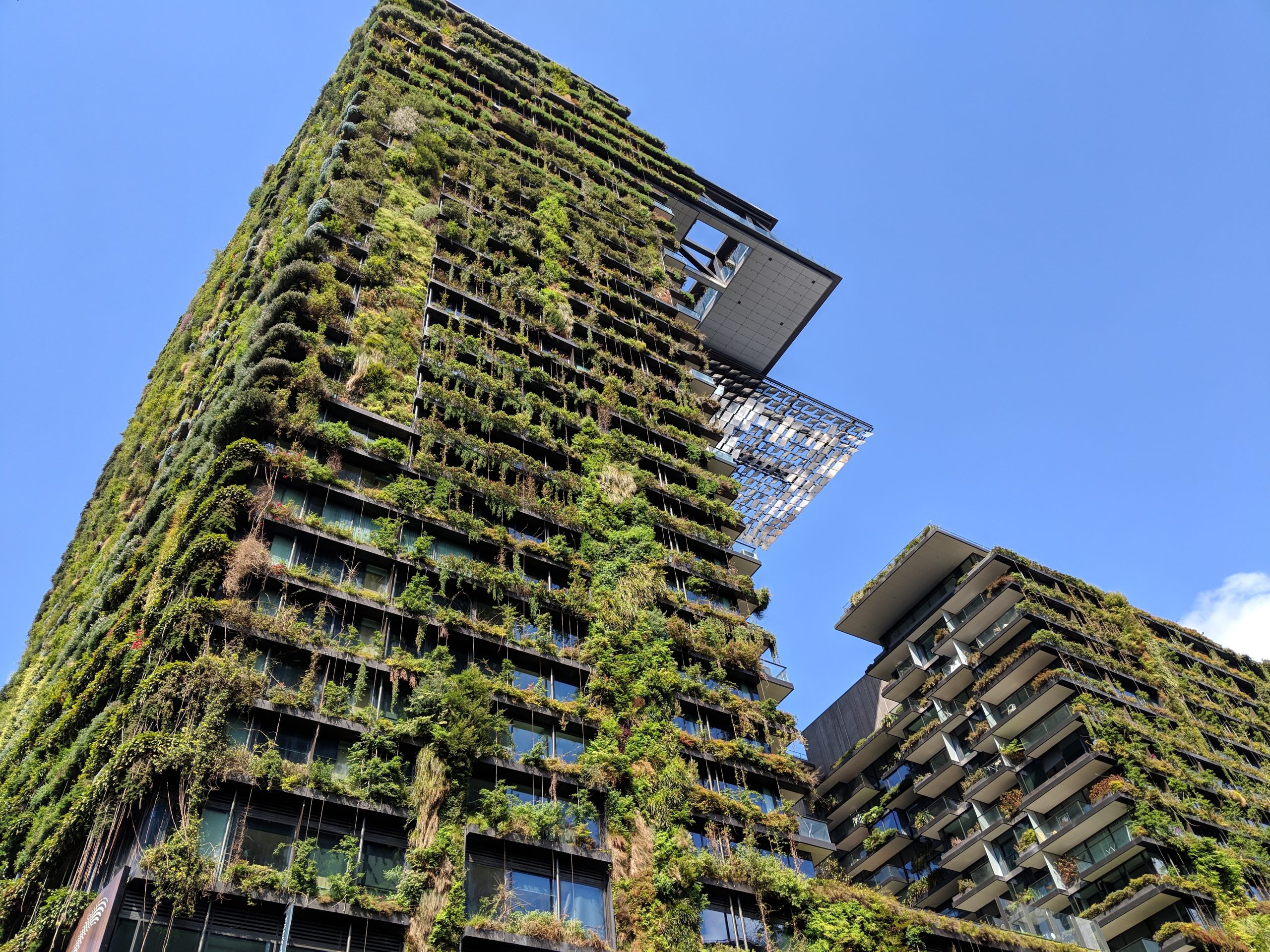spaces with public
greenspace networks
Privately owned, publicly accessible greenspaces play an increasing role in the greenspace networks of many cities. Including these spaces in local plans such as specific and area plans can help ensure that these private spaces are connected with public greenspaces.









